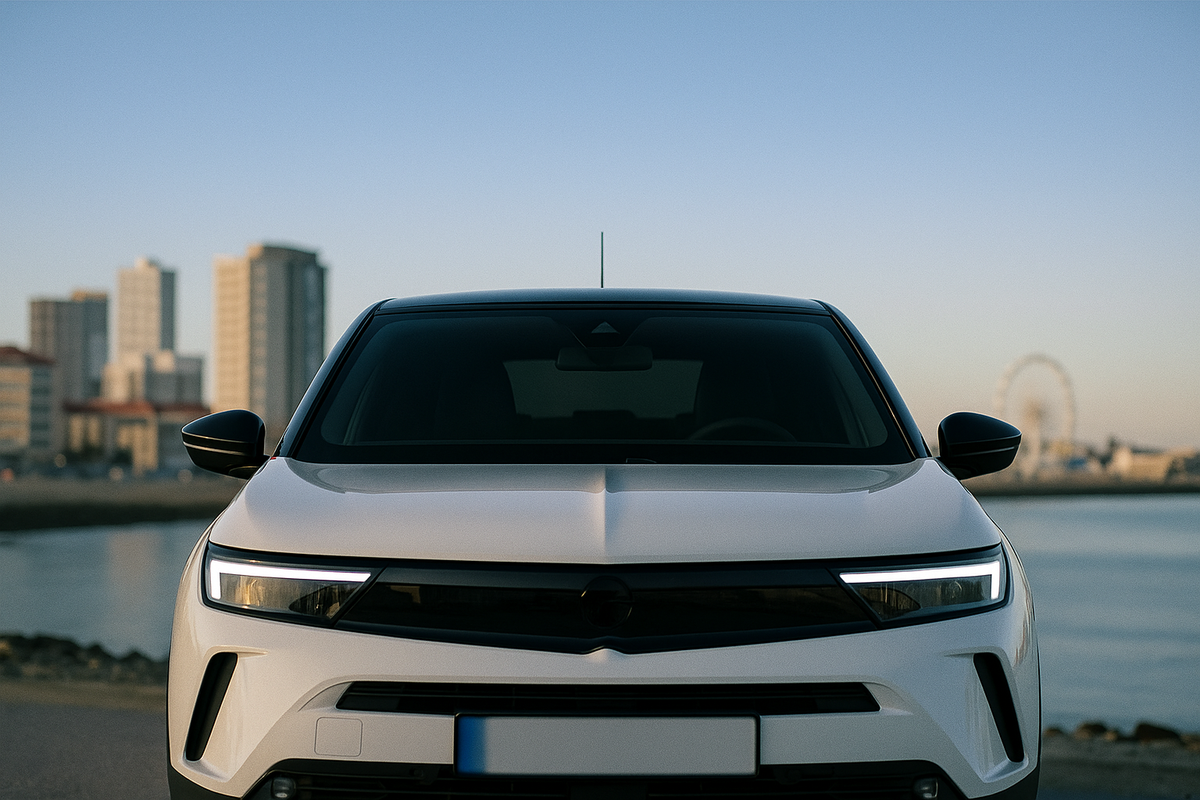What Stellantis’ SA plant pivot says about affordable EV and hybrid models
Before SA can drive full EVs, the first electrified models may run on a mix of battery and fuel. Here’s why Stellantis is pushing that.

South Africa is about to get a clearer read on “affordable electrified”. Stellantis is widening the vehicle mix planned for its Gqeberha plant, tracking demand that is drifting toward smaller cars and hybrids rather than bakkies. This is crucial for monthly budgets, finance approvals, and the shape of entry-level electrified options.
Affordability is always a total-cost problem, not a sticker problem. Fuel, electricity, tyres, insurance, and resale are all things that will affect South African budgets.
Electrification in South Africa will scale first where the maths works: compact cars, hybrids, and range-extended EVs that charge slowly, sip fuel when needed, and avoid big-battery premiums.

What changed at Stellantis
Reuters reports that Stellantis will broaden the model line-up at its Coega/Gqeberha plant. The site was originally designed around a pickup; management now says growth is centered on smaller vehicles, with CKD assembly aimed at South Africa and the wider region.
This African strategy does not start from zero. Stellantis has been expanding compact EV and hybrid capacity in Morocco, building supplier depth and process know-how that lowers unit costs over time.
Why “hybrid first” keeps winning the next two years
Stellantis is introducing Leapmotor in South Africa, starting with the C10 in BEV and range-extended model. A REEV drives on electric power and uses a small petrol engine as a generator, which neatly sidesteps charger scarcity and grid wobble on long trips. Further models are flagged for 2026.
Local market temperature supports this sequencing. New-vehicle sales have increased on the back of a surge in cheaper imports, while incentives remain skewed towards production rather than buyers. Hybrids and REEVs bridge that policy gap for middle-income households.
If policy makes it cheaper to build before it gets cheaper to buy, the winning spec in showrooms is the one that stretches a rand the furthest while sipping the least energy.
The affordability lens that matters in SA
Government’s NEV roadmap prioritises production, localisation, and export resilience. The big lever for manufacturers is the 150% investment deduction that kicks in from 1 March 2026 for qualifying EV or hydrogen production assets. Consumer-side support is currently limited, which keeps hybrids and REEVs at the forefront.
Charging remains uneven outside metro areas, and tariff paths are inconsistent. A small battery that trickle-charges at home, paired with a generator backup on highway legs, is a rational compromise until dense DC fast-charging becomes available at scale. GreenCape’s sector work highlights incremental gains rather than an overnight transformation.
What to watch if you are shopping in 2025–2026
- First two nameplates confirmed for local assembly, and whether one is a compact hybrid;
- Leapmotor C10 South African pricing for BEV vs REEV, and dealer footprint;
- Consumer incentives beyond 2026. Any VAT, duty, or point-of-sale relief would materially impact BEV maths.
The first genuinely affordable “electric” for most South Africans may still have a fuel filler cap. Predictable monthly costs beat purity tests when the grid and charger map catch up.





Comments ()